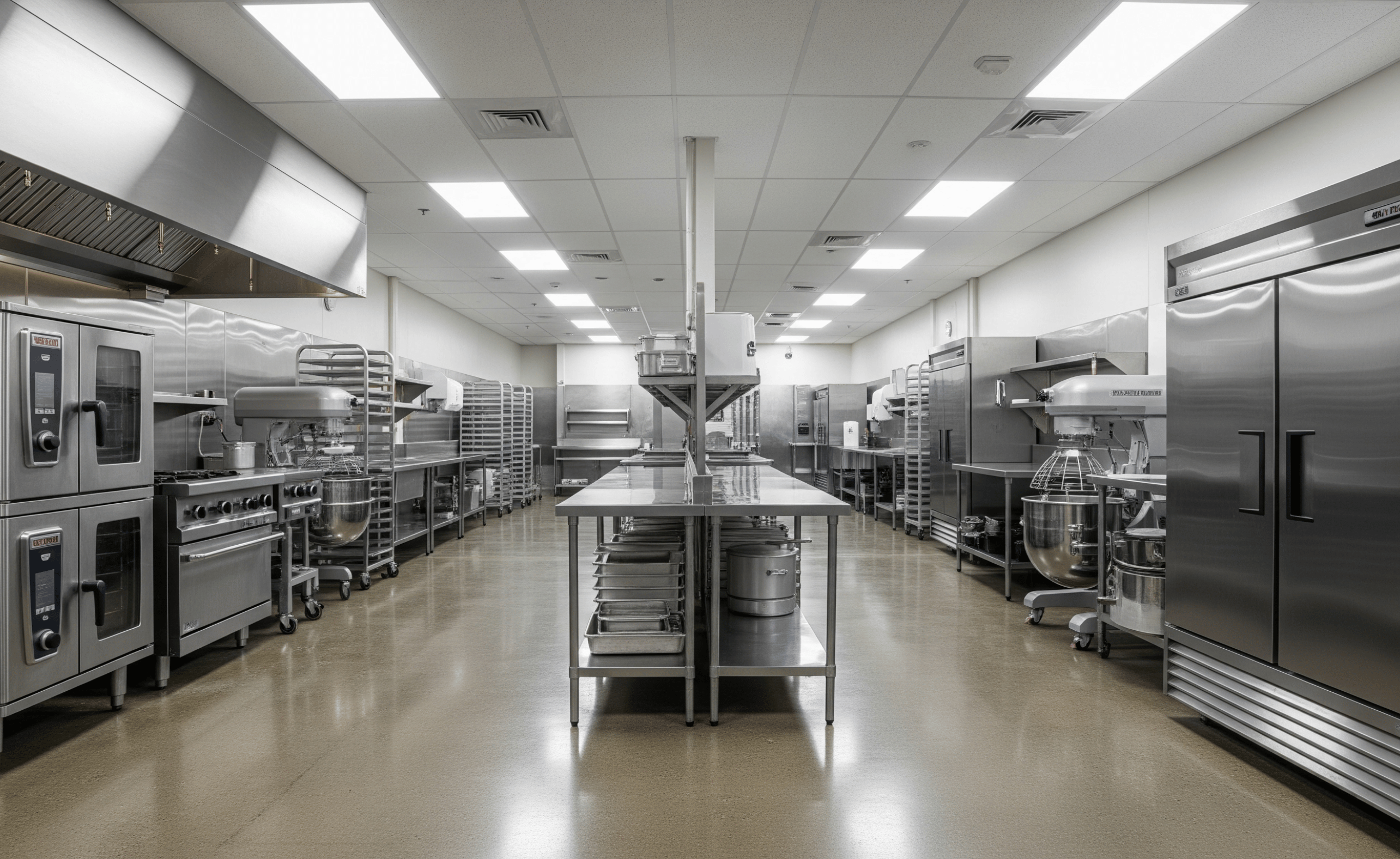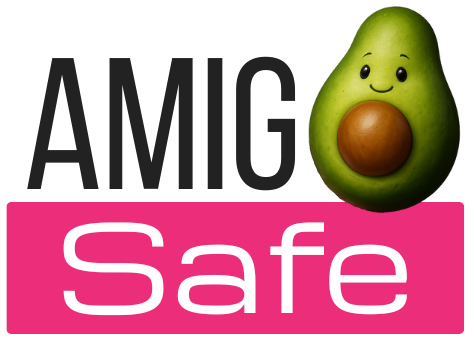- Business License – You need one for every city or county where you plan to sell.
-
Seller’s Permit – Apply online to charge and report sales tax (free!).
-
EIN – This is your business tax ID. Get one from the IRS if you plan to hire employees.
-
CA DMV Registration & Insurance – Your food truck must be registered as a commercial vehicle, with insurance that covers accidents and workers' comp (if hiring).
These steps are connected. Finish one before moving to the next, and use a checklist to keep everything organized.
Food safety is no joke. One mistake can make someone sick—or shut your business down. Here's what California expects:
Health Permit: Needed for each county you operate in. Health inspectors will check your cleanliness, equipment, food temps, and more.
Food Safety Certifications:-
One team member must have a Certified Food Protection Manager (CFPM) certificate.
-
Everyone who touches unpackaged food needs a Food Handler Card.
In California, you can’t cook or store food at home for your truck. Instead, you need a commissary kitchen—a licensed, shared kitchen that acts as your truck’s home base.

At your commissary, you’ll:
-
Prep and store food
-
Fill your clean water tanks
-
Wash and sanitize tools
-
Dump dirty water and trash safely
-
Sometimes store your truck overnight
Most trucks must check in with their commissary daily (unless you're at a special event or have a mobile support unit). Your commissary must stay licensed and in good standing—if it loses its permit, your truck can’t operate either.
Choose a commissary that’s clean, organized, and meets all your needs: cold storage, dry space, easy access, and reliable hours.
Every city has its own rules. Before selling, make sure you check:
-
Zoning & Site Use Permits – Some areas limit where and when food trucks can operate.
-
Fire Safety – Many places require fire extinguishers, automatic suppression systems, and gas leak detection if you cook on board.
The way your truck is built matters.
-
The floors, walls, ceilings, counters, and food surfaces must be smooth, strong, easy to clean, and safe for food.
-
If you use a generator, inverter, or gas-powered equipment, you’ll likely need HCD Certification. This comes from the California Department of Housing and Community Development.
-
You’ll need to submit blueprints of your truck for review. This includes plumbing diagrams and your kitchen layout.
-
Your truck must have working ventilation (like exhaust hoods) that pull out heat, smoke, and grease safely.
You can’t pass a final health inspection without this step. So don’t skip it—build smart from the start. Doing things right might take extra time, but it pays off in the long run. A clean, legal, and safe truck is the one that keeps running. And keeps customers coming back!


